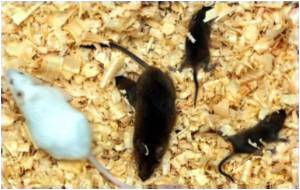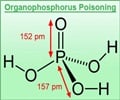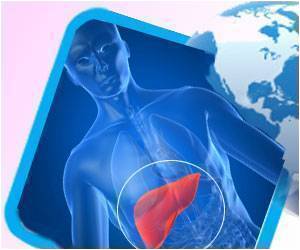Researchers have identified that some mice have two ways to achieve one goal - resistance to common poison.

Kohn, an associate professor of ecology and evolutionary biology at Rice, said the mice evolved to become poison-resistant following two distinct processes. In one, point mutation, genes adapt through spontaneous mutations during DNA replication. Algerian mice (Mus spretus), a desert-dwelling, seed-eating species, probably acquired the mutation this way to counter a vitamin K-deficient diet, Kohn said.
Evolution through point mutation is a textbook example of how populations adapt to new environments, he said. Because rodents reproduce so quickly, their adaptation to warfarin is one of the few that can be observed directly during the lifetimes of evolutionary geneticists.
Source-Eurekalert









